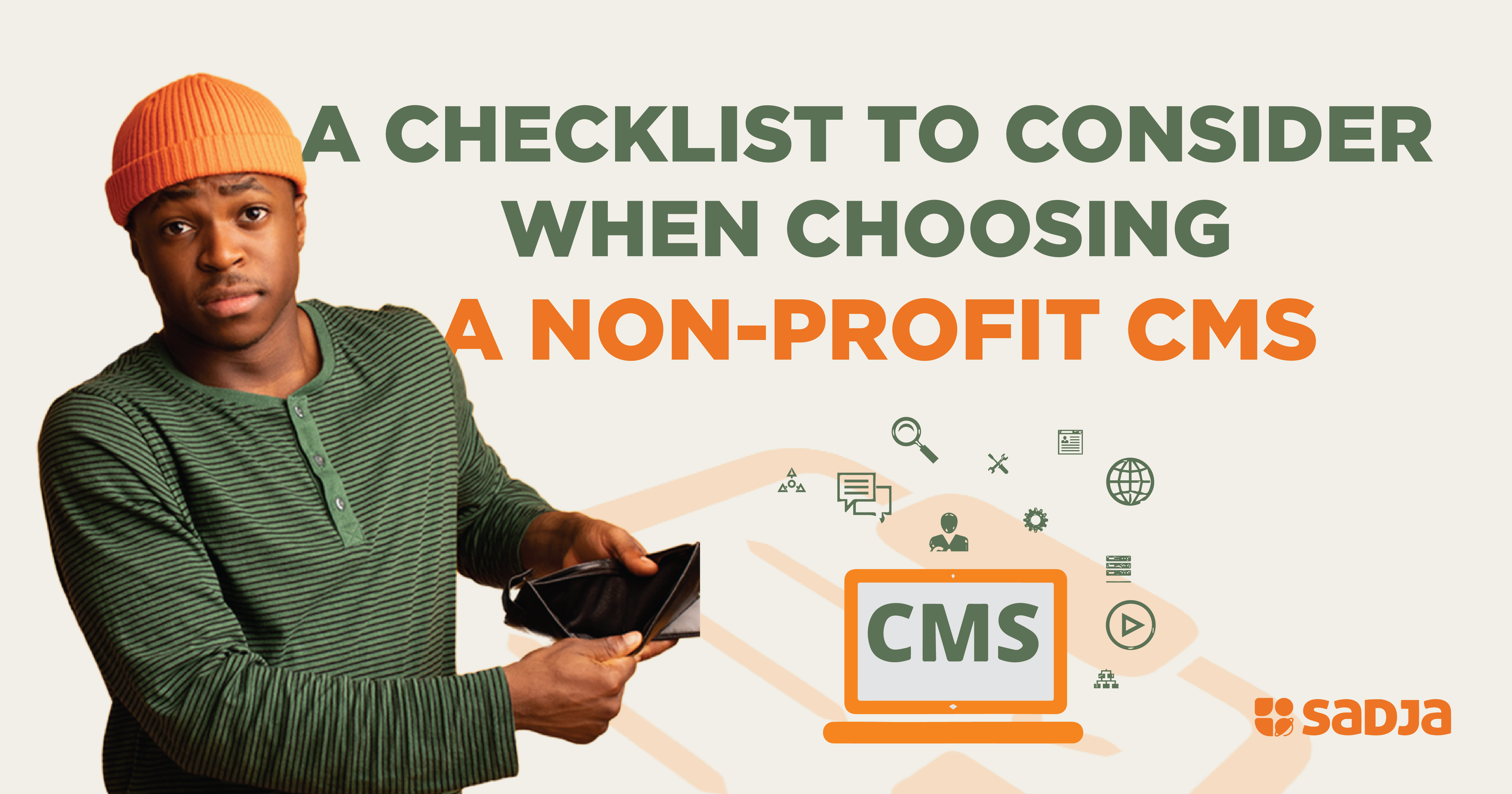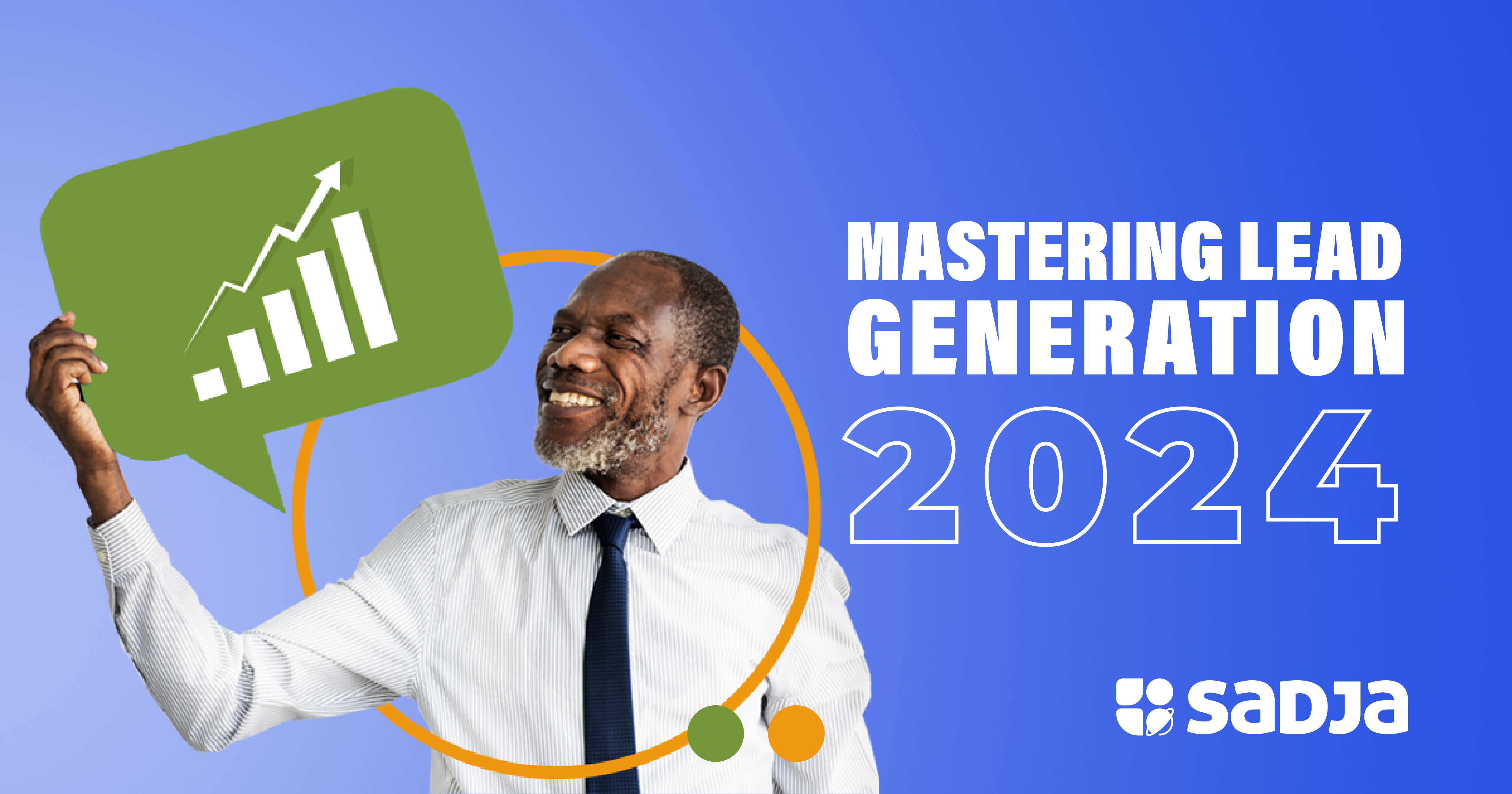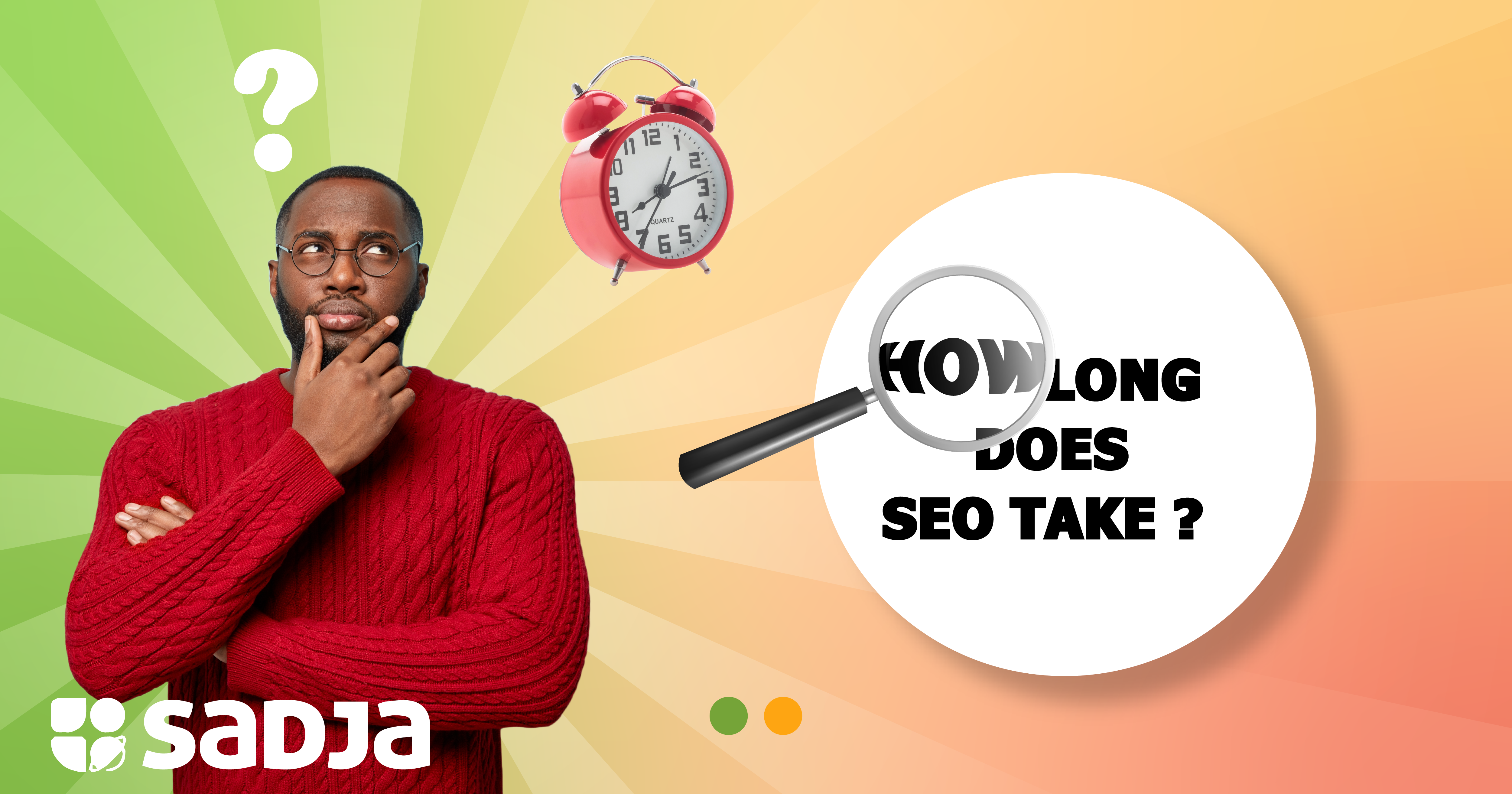What is a CMS?
A content management system (CMS) is software that allows users to build and manage websites without having to learn any coding skills and coding it from scratch.
A CMS is essential for businesses across all industries, considering that over 73 million websites are built using content management system software.
CMS software enables non-technical people to create, design, and publish content on an easy drag & drop user interface. There are other several reasons why use a CMS for your website;
● Easy to collaborate
● Pre-designed templates
● A site update is made simple
● Access to several tools to grow and manage the website
What does a non-profit CMS do?
A non-profit content management system enables organizations to build simple websites that will help fundraise, allow people to donate, and showcase their mission to the community and stakeholders.
A well-designed non-profit website using a CMS builds credibility and trust for the organization. This assures donors that their contributions are used on worthwhile courses.
The complete checklist of features to consider before choosing a non-profit CMS
1. User-backed functionalities
All non-profit organizations want to choose from multiple functionalities to customize a CMS website that meets the organization’s goals. Before selecting any CMS provider, ensure their ‘admin section’ supports the following capabilities;
● Open-source to provide more expansive community building of custom features if necessary.
● Technical documentation to guide you along when building the site
● Multilingual backed for all users
● 24/7 support in the event you encounter technical issues
● Built support features for each role and activities
2. Reliable web hosting
No organization would want its website down when they most need it. For instace, as a non-profit organization, during your campaign periods when you are rallying well-wishes to donate towards a course, you don’t expect the contribution page of the website to fail you.
A reliable web hosting service provider ensures your campaign contribution to the website is smooth and seamless. Here is how you know your CMS provider has reliable web hosting capabilities;
● Substantial bandwidth
● Availability of automated backups
● Sufficient storage space at a reasonable price
● Up-to-date cybersecurity features
● Scalability functions for future growth
3. Customizable flexibility
Like any other organization, non-profits grow and evolve as they achieve the goals of making the world a better place. Hence, they need customizable CMS that does not require a steep learning curve.
Here are several features that make a non-profit CMS easily customizable;
– Mobile responsiveness that improves the website loading speed
– Simple yet rich User Interface ( UI) and User Experience ( UX)
– Safe data migration for those existing websites
– Secure payments processes for donations
– Enabling a community-centric online presence
4. Multisite functionalities
Instead of spending money to hire IT experts to manage and maintain the NGO’s several CMS websites, choose a content management system provider that enables multisite management. It’s cheap and keeps the whole team under ‘one roof. ‘
Other benefits to multisite functionalities are;
● Efficient upgrades from the same CMS software reduce possible technical errors.
● Faster launch to market because non-profit campaigns are designed and launched from one platform.
5. Mission-critical integrations
Multichannel integrations facilitate easy usage of your CMS website. The interconnected channels, tools, and extensions empower an organization’s digital experience.
Some of the crucial integrations include;
● Marketing automation tools
● Social media tracking
● Video publishing tools like Facebook Pixel
● Analytics and reporting tools like Google Analytics
● Communities’ tools
● Engagement extension tools
6. High conversion donation page
An optimized conversion donation page will get people supporting your non-profit organization’s courses. A highly converting donation landing page has the following factors;
a. Craft a compelling headline
The first thing your website visitors will see is the headline. The key is to make it catchy enough and deliver the intended message.
– Make the headline descriptive, demonstrating the organization’s impact and benefit.
– Make appeal (‘Did you know 1.4 billion pounds of trash’)
– Create a sense of urgency
b. Give people a reason to donate.
Write to address pain points that your non-profit organization is trying to solve. Add a story that gives people a reason to support your campaigns. Here are some elements to consider;
– Introduce the cause for the campaign in a few words
– Give transparent background and context
– Tell them why they should donate
c. Share real-life stories
Great stories sell. Non-profit organizations that share real-life stories get more donors to rally behind them. Share those stories if you had past donation campaigns and used the resources to impact people’s lives.
d. Optimize for mobile
To ensure a mobile-friendly landing page, factor in the following elements;
– Ensure the page loads well by running it through the page loading speed tool
– Use images that are of smaller size
– Keep the fonts and texts minimal and clear
– Create responsive landing pages that adapt to different screen sizes.
– Make short and easy-to-fill donation forms.
e. Place a relevant Call-To-Action button.
Using ‘Donate ‘as your campaign is all well, but you may need action-oriented solid words to grab attention and incite action. Some examples include;
● Change lives today
● Get involved
● Join the revolution
7. SEO-friendly content structures
CMS platforms that work for non-profit organizations require the enablement of SEO content to rank the website on search engines. Great CMS websites make it easy for non-profits to;
– Add image alt text
– Add breadcrumb navigation
– Optimize page load times
– Customize titles and meta description
– Create 301 Redirects
– Create XML Sitemaps
– Choose SEO-friendly URL Structures
8. Enterprise security measures
Cybersecurity threats are evolving with the technology. To secure your non-profit CMS, consider providers with enterprise-grade security measures and make sure they demonstrate their security credentials.
Ask some of these questions;
● What is the response rate for risk assessment and management?
● Are your information security management systems ISO certified?
● How do you monitor projects built on your CMS?
● How often do you upgrade security modules?
9. Ongoing customer support and maintenance
Use a non-profit CMS that empowers you to succeed. Here are some support and maintenance factors to consider;
– Uninterrupted website service regardless of traffic
– Server performance optimization
– Security module updates
– Continuous delivery of UX features and upgrades
Closing thoughts
When choosing a non-profit CMS for your organization, pick a CMS theme that suits your NGO’s mission. Consider the above checklist before settling on a CMS website builder as you scroll through several CMS providers.
 +256 206 300885
+256 206 300885


